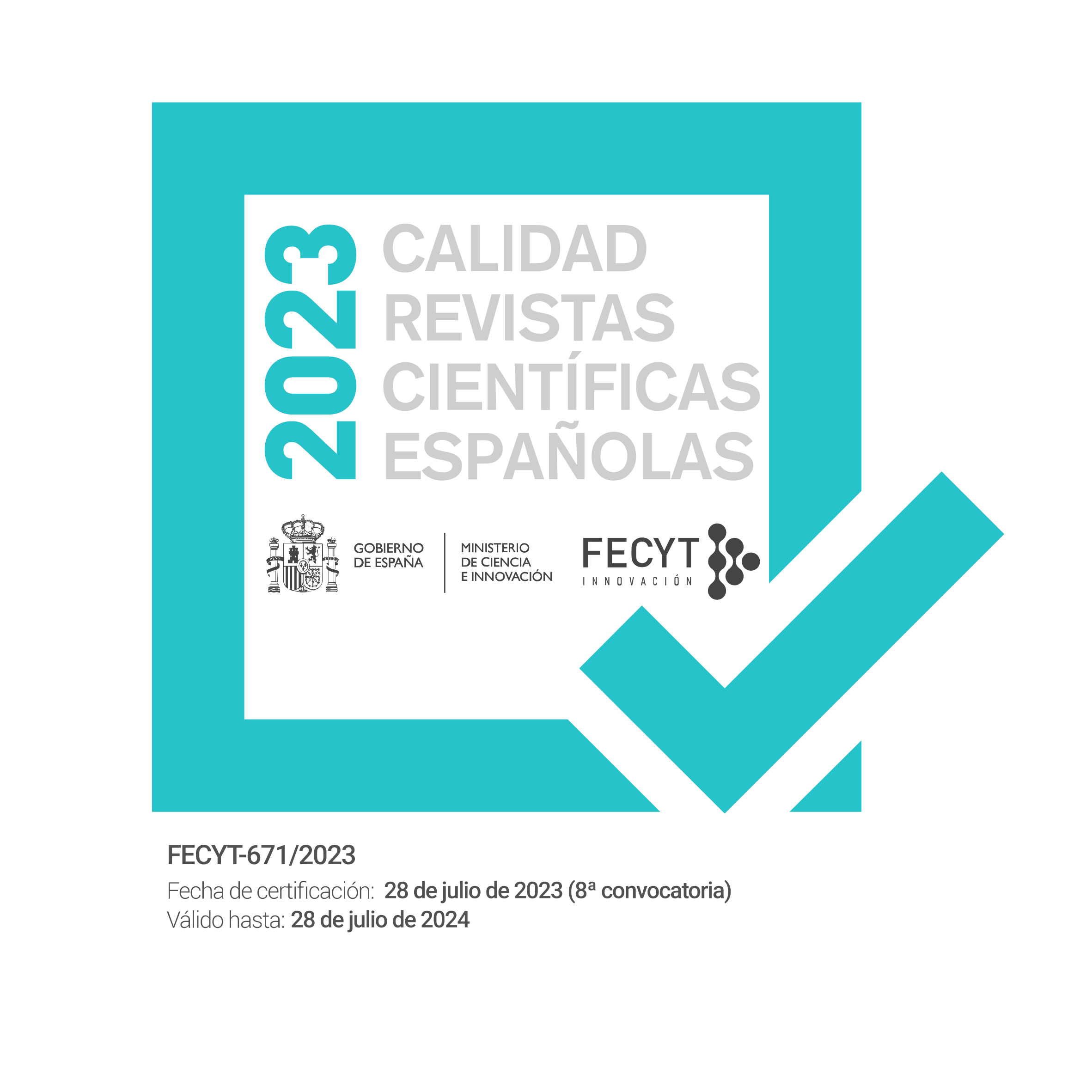The Position of Children´s Freedom of Thought and Religion in the Rulings of the European Court of Human Rights on the Case Lautsi V. Italy
Keywords:
Freedom of Thought and Religion. Children’s Best Interest. Children’s Rights. Educational Neutrality. Secularism. Religious Symbols. European Court of Human RightsAbstract
In the case Lautsi v. Italy, the European Court of Human Rights ruled twice on the validity of the presence of crucifixes in public school classrooms of a country where the principle of secularism rules. In the first judgement, the consideration of the children’s religious freedom and, implicitly, their best interest helped the Court to justify the prohibition of the symbols, although it was not the main argument for it. However, the Great Chamber revoked this decision, considering the presence of these symbols in classrooms adequate under the European Convention by widely applying the doctrine of the margin of appreciation and, additionally, ignoring the legal position and the needs of the pupils, whose freedom of religion was reduced to a mere object of the parental guide capacities from a very questionable perspective.




























